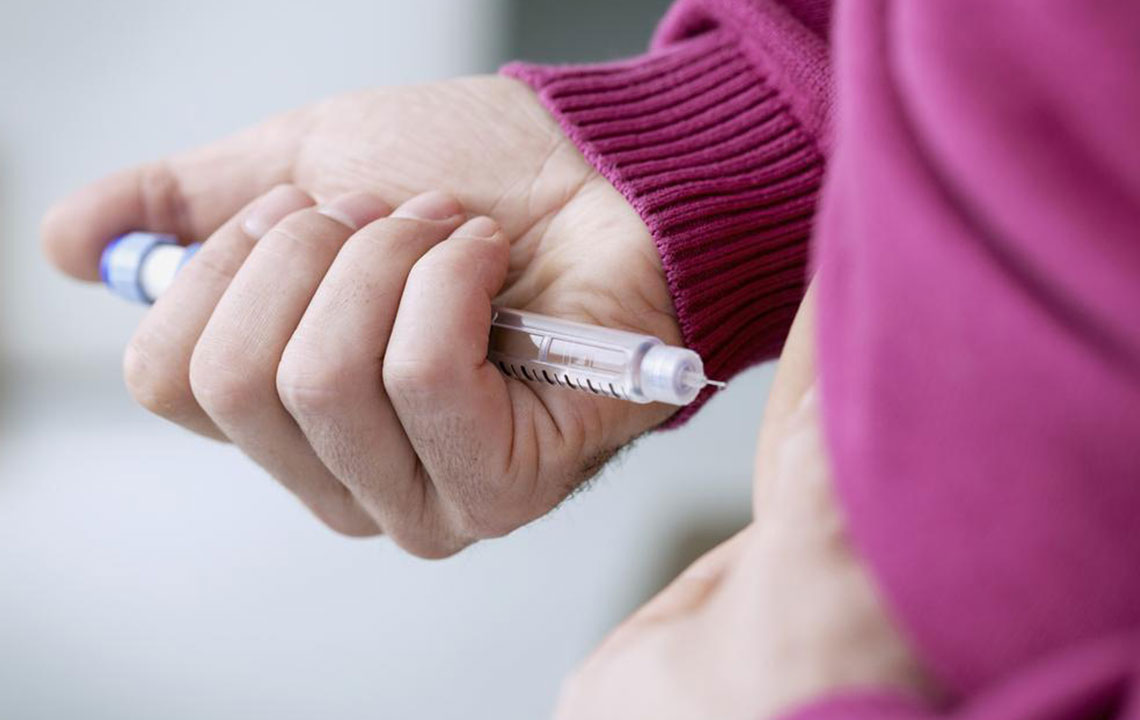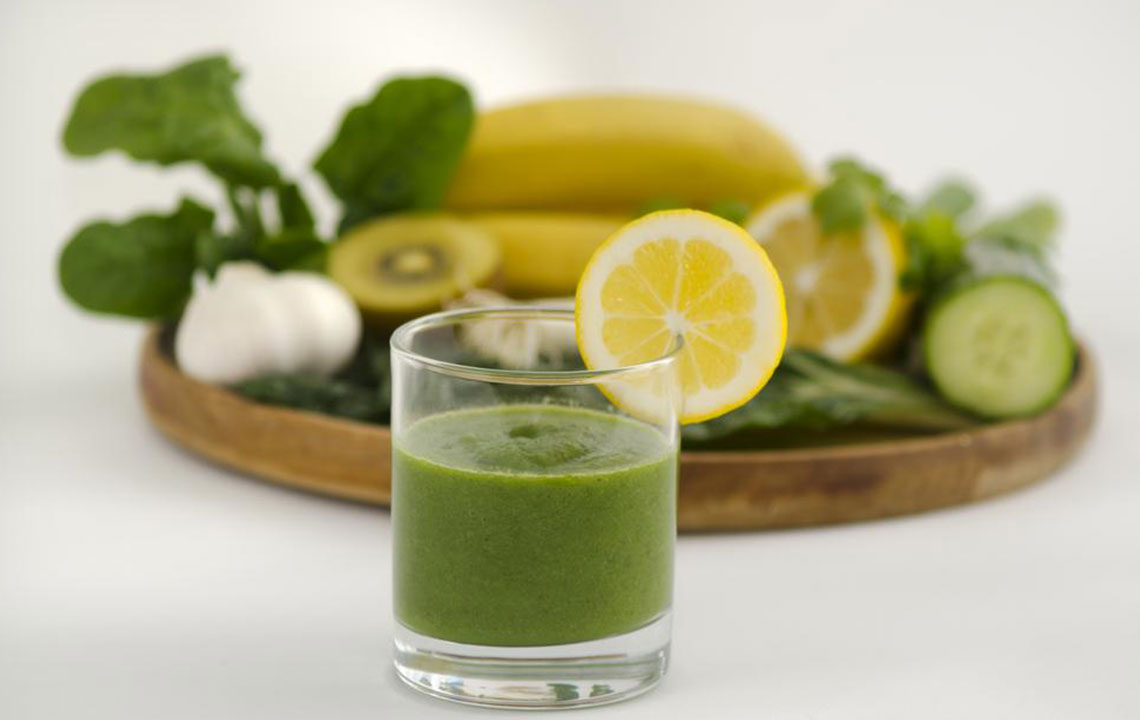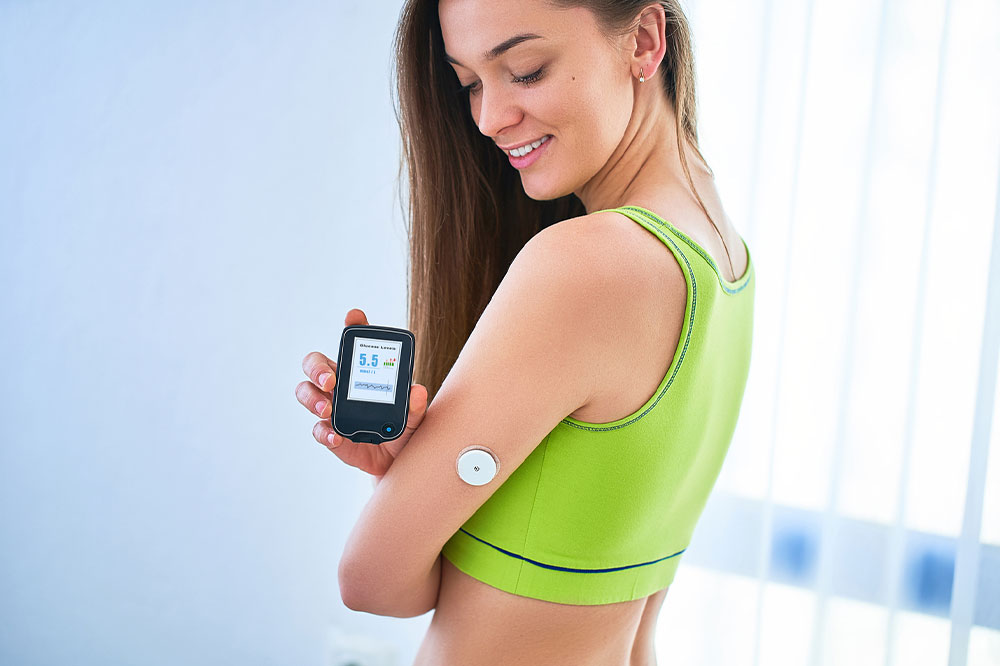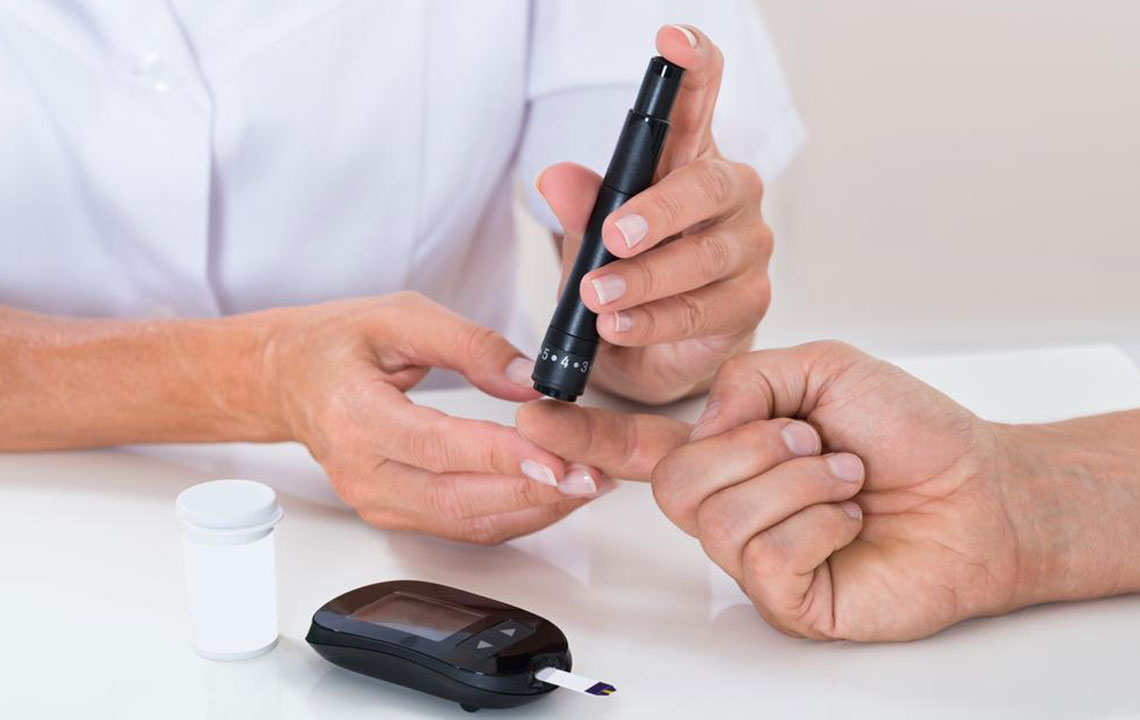Comprehensive Guide to Different Types of Insulin for Effective Diabetes Management
This comprehensive guide explores the various types of insulin used in diabetes management, detailing their onset, peak, duration, forms, and delivery methods. Understanding these options helps patients and healthcare providers craft personalized, effective treatment plans, improving blood sugar control and quality of life for those with diabetes.
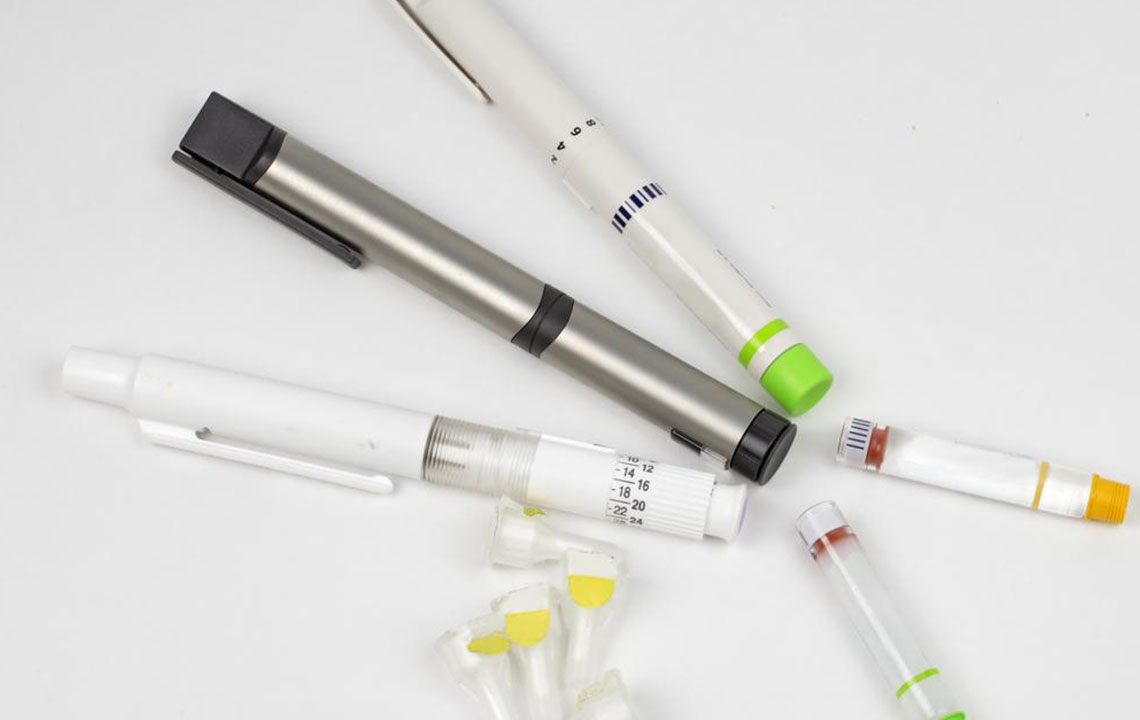
Comprehensive Guide to Different Types of Insulin for Effective Diabetes Management
Insulin, a critical hormone produced by the pancreas, plays an essential role in maintaining blood glucose levels within a healthy range. For individuals living with diabetes—whether it’s type 1 or type 2—the body's ability to produce or utilize insulin effectively may be impaired, necessitating external insulin administration. Managing diabetes effectively hinges on understanding the various types of insulin available, their specific functions, and how they are used in treatment regimens. This detailed guide aims to shed light on the different insulin types, their classifications, and how they fit into comprehensive diabetes care.
In modern medical practice, insulin therapy can be administered in several ways, including injections, infusions, and the increasingly popular insulin pump systems. These delivery methods have evolved to improve convenience, reduce discomfort, and allow for better blood sugar control. Knowing which type of insulin to use, at what dose, and by which method is crucial for optimal disease management. The following sections explore the primary types of insulin, their onset, peak, duration of action, and application in daily therapy.
Insulin Classifications Based on Pharmacodynamics and Source
The categorization of insulin is primarily based on how quickly it begins working, how long its effects last, its peak activity period, and its molecular origin. These factors determine how insulin fits into a person's daily routine and their specific health needs. Understanding these classifications helps in tailoring personalized diabetes treatment plans that maximize efficacy while minimizing side effects such as hypoglycemia or hyperglycemia.
Insulin Types Based on Onset of Action
Rapid-Acting Insulin: This type of insulin begins lowering blood glucose levels very quickly after injection, making it suitable for post-meal glucose spikes. It typically starts working within approximately 15 minutes, peaks between 1 to 2 hours, and its effects last for 2 to 4 hours. Some commonly prescribed rapid-acting insulins include Apidra (glulisine), NovoLog (aspart), and Humalog (lispro). These insulins are often used immediately before meals or even within 15 minutes after eating, providing flexibility and precise control over blood sugar levels.
Short-Acting Insulin: Also known as regular insulin, this takes a bit longer to start working—around 30 minutes after injection. It peaks at about 2 to 3 hours and maintains activity for 3 to 6 hours. Examples include Novolin R and Velosulin (used mainly in insulin pumps). Short-acting insulin is typically administered about 30 minutes before meals to accommodate the digestion process.
Intermediate-Acting Insulin: This type has a slower onset, taking approximately 2 hours to start lowering blood glucose. Its peak activity occurs between 4 to 12 hours, and it can last between 16 to 24 hours. NPH (neutral protamine Hagedorn) insulin is a well-known example. Due to its longer duration, intermediate insulin is often used to provide basal (background) insulin coverage, especially in combination with rapid or short-acting insulins.
Long-Acting Insulin: Designed to provide a steady level of insulin over an extended period, long-acting insulins begin working within 2 to 4 hours, have no pronounced peak, and last for about 14 to 24 hours. This category includes Lantus (insulin glargine), Levemir (detemir), and Tresiba (degludec). Long-acting insulins are primarily used to maintain basal insulin levels, reducing the risk of hyperglycemia overnight or between meals.
Pre-mixed Insulin: The Combination Approach
Pre-mixed insulins combine rapid or short-acting insulin with intermediate-acting insulin to simplify the regimen and improve blood sugar control around mealtimes. These formulations typically start working within 10 to 30 minutes, peak in 1 to 5 hours, and last for 14 to 24 hours. They are especially beneficial for individuals seeking a simplified injection schedule without sacrificing control. Common examples include Novolin 70/30, NovoLog 70/30, and Humalog Mix 75/25.
Insulin Formulations and Sources
Animal-derived Insulin: Historically used, but now largely replaced by human-designed analogs due to better mimicking natural insulin behavior and fewer allergic reactions.
Human-made Insulin: Produced using recombinant DNA technology, these insulins closely resemble natural human insulin and form the backbone of most treatment regimens.
Analogue Insulin: Modified in laboratories, these insulins have altered onset and duration characteristics, offering more flexibility and tighter blood glucose control.
Both human and analogue insulins are administered via subcutaneous injections, pumps, or intravenous infusions under medical supervision. The choice of insulin type, dose, and delivery method depends heavily on individual patient needs, lifestyle, and specific health considerations. Your healthcare provider will tailor your insulin therapy plan to achieve optimal blood sugar control while minimizing side effects and enhancing quality of life.
